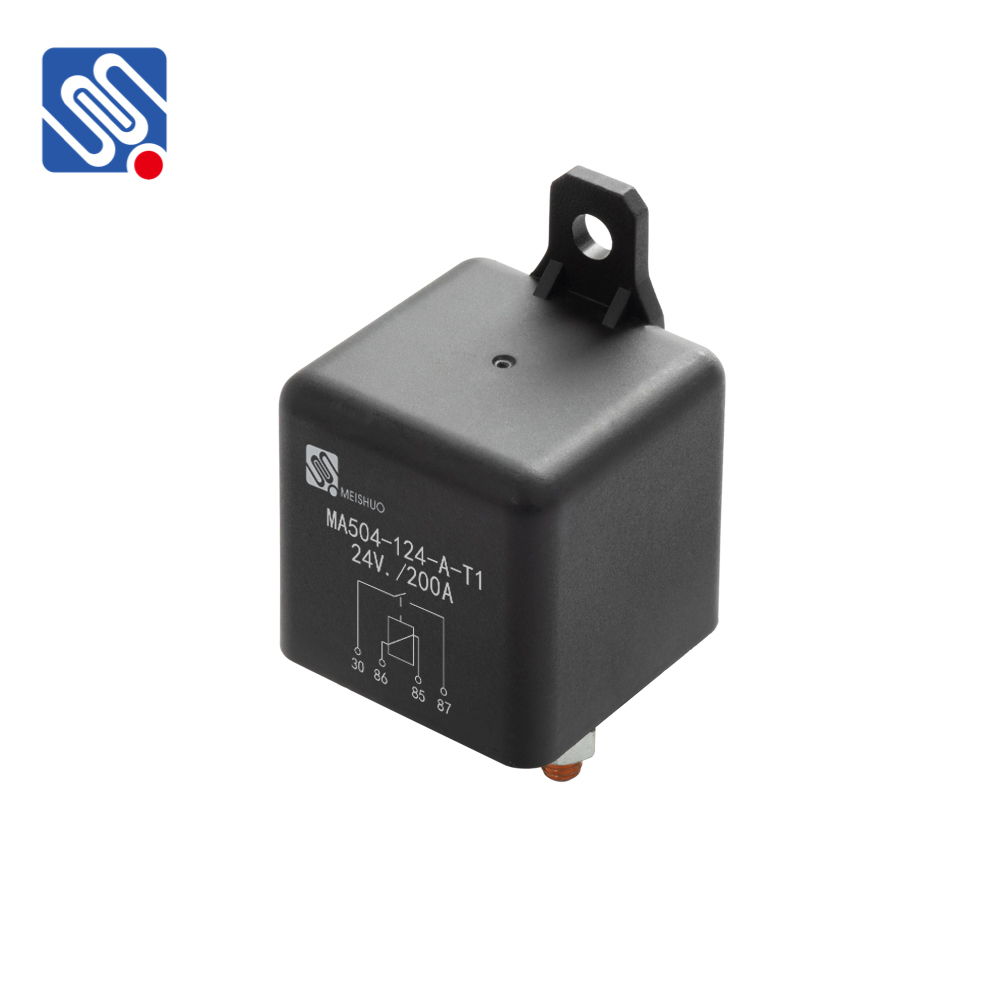Relay installation is an essential aspect of modern electrical and automation systems, serving as the backbone for signal control, automation, and protection functions. Whether in industrial machinery, residential electrical systems, or complex automation setups, properly installing relays ensures the smooth operation of electrical circuits and prevents potential failures. In this article, we will explore the necessary steps and considerations involved in a successful relay installation.

1. Understanding the Purpose of a Relay A relay is an electrically operated switch that uses an electromagnet to open or close the circuit. When an electrical current flows through the coil of a relay, it generates a magnetic field, causing a set of contacts to either open or close, thereby controlling a separate electrical circuit. Relays are widely used for applications such as switching high-voltage devices using low-voltage control signals, protecting circuits from overloading, and automating processes in industrial systems. 2. Selecting the Right Relay Before proceeding with the installation, choosing the correct relay is crucial. The primary factors to consider when selecting a relay include: